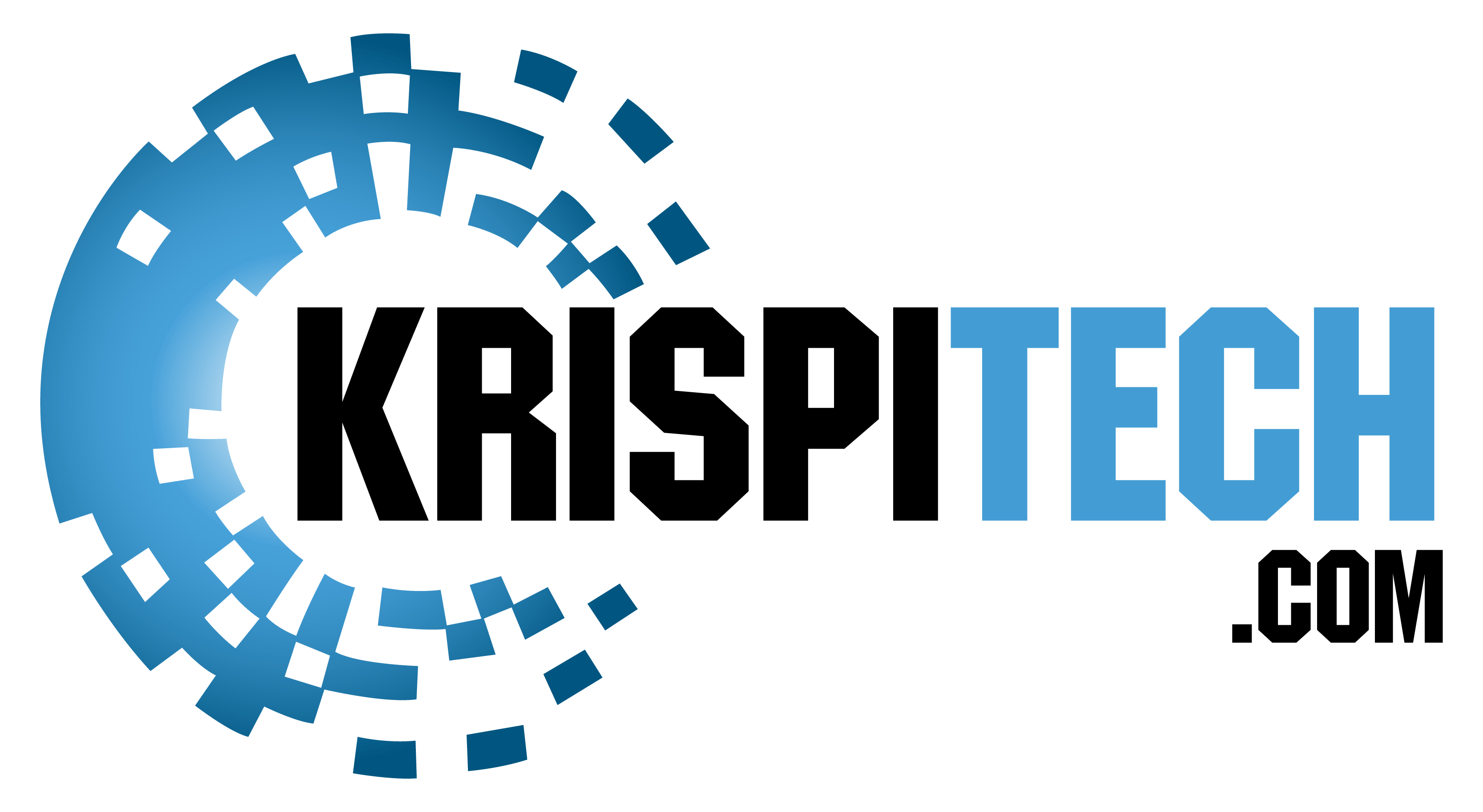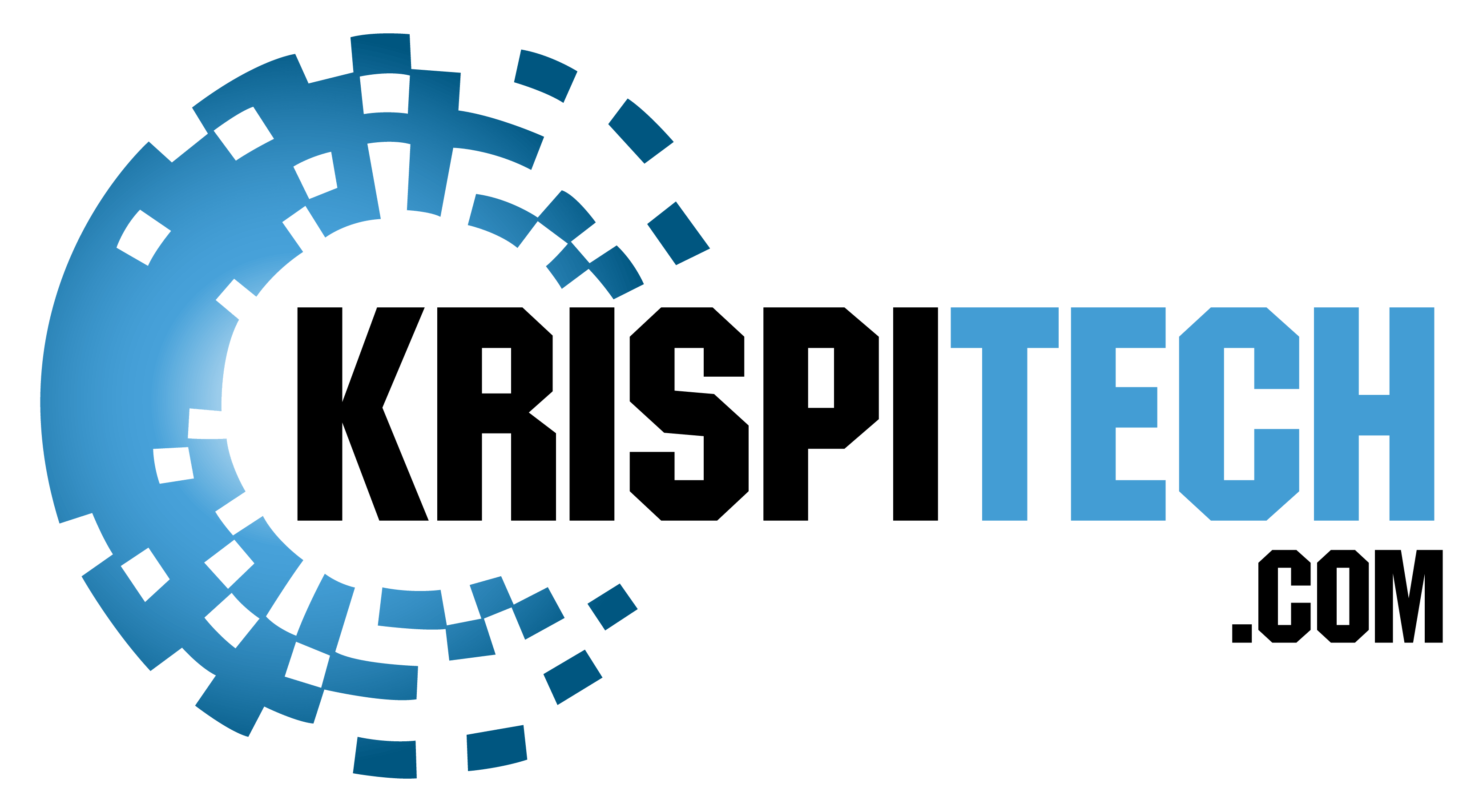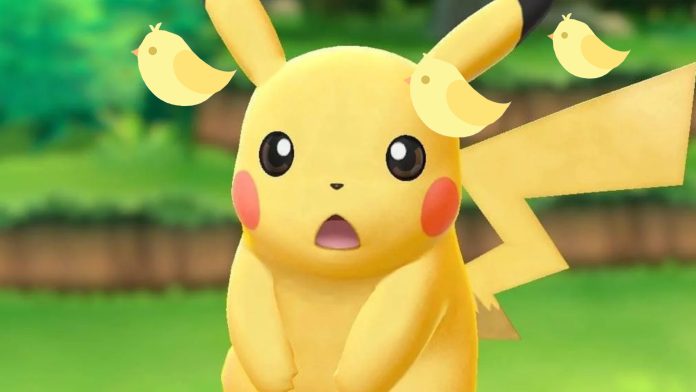Pokemon is one of the highest-rated games of all time, which was first given the place by Satoshi Tajiri, who first created Pokemon Red and Pokemon Green in the year 1996. Later on, this video game series was turned into anime by Studio OLM. The main series comprises young Pokemon trainers who compete in tournaments, rise in ranks and catch other Pokémon. Still, it can be seen that evil organizations like Team Rocket or Team Plasma lose all their plans as soon as the trainer’s crush on the same. All Pokemon games are Nintendo-exclusive ones. The game Freak studio creates handheld games, whereas other studios like Niantic focus on spin-offs and consoles.
Generation of Pokemons
The total series where the main generation happened is of 8 phases and console ages, and all periods under Pokemon Mythos are covered under this. Likewise, each generation brings up a new set of Pokémons, regions, characters, and RPG mechanics, which come with a duo or trio level of Pokemon games. Moreover, each generation introduces us to a new iteration of Pokémon media. These are mainly console spin-off titles or anime seasons in the same region as the games.
Every Pokemon Games in Order
There are a total of 31 games of the main Pokémon saga including both the original and remake versions. If we focus on the Nintendo series, hundreds of Pokémon games in it’s history, keeping aside the handheld ones.
1st-Gen: Red, Green, Blue, and Yellow
This generation debuted in 1996 for the Game Boy series. The first two editions included Red and Green, with Venasaur and Charizard on the same covers. The Green edition debuted only in Japan. Later in 1988, the Blue edition came up with Blastoise on it’s cover and the American Red edition as well, and later the Yellow edition also got featured in the same year with Pikachu on it’s cover. He serves as both your starter Pokémon and the on-screen affection for your character. There are total 151 Pokemon that can be found in the Kanto region, while the starting choices would remain Bulbasaur, Charmander, and Squirtle. All these older Pokémon titles can be found on the ROM Sites.
2nd-Gen: Gold, Silver, and Crystal
This trio was released in the year 2001 and debuted in both Chinese and America. Here a new feature was added where you could choose your character’s name. Crystal first allowed the Characters to choose their genders. It also has additional subplots compared to the gold and silver ones. This game introduced us to several new Pokémon of 251 species. The new starter Pokémons are Chikorita, Cyndaquil, and Totodile and new region is Johto.
3rd-Gen: Ruby, Sapphire, Emerald, FireRed, LeafGreen
This Advanced generation debuted in 2002 for Gameboy advanced when the Nintendo series released Ruby and Sapphire. Later in 2004, Emerald debuted with minor graphical changes and a new battle mode. With this, there was the introduction of 135 new Pokémon, and the total rounded up to 386. Also, the map got more details than ever. New RPG mechanics like Pokemon Natures was also added. Lastly, this generation introduced Fire and Green remakes (FireRed and LeafGreen) in 2004, which happened in Kanto but shared traits with gen-3 games making them more compatible.
4th-Gen: Diamond, Pearl, Platinum, SoulSilver, HeartGold
The Diamond and Pearl version debuted in 2006 for the Nintendo DS series having a top-rated position in the Pokemon sales chart. Reaching the newer Nintendo DS portable consoles included further upgrades, like using the tactile screen. Other upgrades are also required, which include a Wi-Fi connection, underground locations, and a 3D game design. This game also added a day-to-night cycle having five periods. It also creates an immersive place to explore alongside the snowy mountains on the map. Pokémon Platinum debuted as a remake of both Diamond and Pearl in 2008. This game added features like “Wi-Fi Plaza” where players could also visit to play mini-games. The GTS system was introduced that enables anonymous Pokémon trading with real players via Wi-Fi. Here 107 new Pokemons were included, which sums up to 493 in total. This brought remakes of Silver and Gold (SoulSilver and HeartGold) in 2009. The starter Pokémons were Chimchar, Turtwig, and Piplup and new region was Sinnoh.
5th-Gen: Black, White, Black 2, White 2
The fifth generation consists of Black, White, Black 2, and White 2, which makes the “Black&White” generation. The original was made in 2010, but the sequels touched the market in 2012. This generation added 159 new Pokémon, and so the new cap became 649. The sequels did not have any new Pokémon but the expanded area includes a total of 300 creatures of all generations. The fifth generation also added significant graphical upgradation and upgraded performances that it’s predecessors. The starting Pokémons were Reshiram (Black) and Zekrom (White) and the new region was Teselia / Nova.
6th-Gen: X, Y, Omega Ruby, Alpha Sapphire
The sixth generation is the Pokemon X and Pokemon Y, which debuted in 2013 for Nintendo 3DS. This series came up with 72 new pocket monsters and 48 new Mega Evolutions, which totaled 721. Here the Eiffel tower turns into Prism Tower, taking inspiration from real life for the setting in the Kalos region. Other features included character customization options, battles against Pokémon hordes, and new RPG mechanics. The name of the starter Pokémon is Chespin, Fennekin, and Froakie. This also includes the remake of 3rd gen games on 2014 which are Pokémon Omega Ruby and Pokémon Alpha Sapphire and are compatible enough. They can also customize a secret base.
7th-Gen: Sun, Moon, Ultra Sun, Ultra Moon
In 2016, Pokemon Sun and Pokemon Moon debuted on the Nintendo 3DS and Nintendo new 2DS. In the Alola region, this game brought up 81 new pokemon, which took the grand total to 802. This also delivers high franchise levels like Pokémounts Z-Moves, and new battle and training mechanics. These pokemon can be customized to different shapes depending upon the climate. Here the starter Pokémons are Rowlet, Litten, and Popplio. A new introduction here was Z-Crystals, which players can earn in Gyms. These help to enable powerful moves once in the whole battle trainers can. In 2017 an enhanced version of the original 7th gen titles was introduced by Nintendo, naming Pokemon Ultra Sun and Pokemon Ultra moon. These also introduced new Pokémons plus alternative storylines that are mainly based on Pokémon Necrozma.
8th-Gen: Sword, Shield, Brilliant Diamond, Shining Pearl
In 2019, Pokemon Sword and Pokemon shield was debuted on Nintendo Switch. This is both a handled console and a tabletop device. This generation added up 81 new Pokémons, plus 13 new regional forms, which currently made 883 Pokemons. Here the area is Kanto, and the name of starter Pokemons are Scorbunny, Grookey, and Sobble. In 2020, Nintendo published Armor Island and The Crown Tundra additions for both games. Later Nintendo also released a re-edition of original games, including the expansion content that can be found today. Sword and Shield also changed the encounter functions. The games excluded some old additions like Z Moves and mega-evolutions. Instead there are new additions of Galar regional forms and “Dynamax,” which help pokemon to grow giantly in a temporary manner. The 4th Gen remake is under work in progress by the ILCA Studio, which is expected to get released in late 2021 for Nintendo Wii. The only Pokémon games of the main series that are not from Game Freak are Brilliant Diamond and Shining Pearl.
Spin-Offs Titles
Spin-Offs has set a great expectation for it’s pokemon fans, adding some extra features to it like filling the Pokedex and fighting Pocket Monsters between compatible consoles and handheld games.
1st Gen
In 2000, Pokémon Stadium debuted for Nintendo 64. It’s about arena Pokémon combat in 3D, where players have the option to transfer their pocket monsters from Red, Blue, and Yellow versions. In 1996, the Pokémon Trading Card Game premiered for the Game Boy Color related to collecting cards of the original 151 Pokémons.
2nd Gen
Pokémon Stadium 2 debuted in 2001 for Nintendo 64, which added new game modes, minor graphical upgrades, and the second-gen Pokémons. The 3rd generation includes Pokémon Colosseum, which debuted in 2004 for Nintendo Gamecube in the Genius Sonority studio. This offers both Single and Dual Player options and uses their Game Boy Advance features.
3rd Gen
Pokémon XD: Gale of Darkness is the sequel series of Colosseum’s debuted in 2005 for the Gamecube. This RPG game is a continuation of the story of the first title, which is capturing “Shadow” Pokémon. Pokémon Box debuted for GameCube in 2004, which is basically the storing center for your Ruby, Sapphire, and Pearl Pokémons where pokemon can reproduce and breed unique creatures.
4th Gen
Pokémon Battle Revolution debuted for Wii in 2007 across ten different arenas. My Pokémon Ranch debuted in 2008 for Nintendo Wii, which allows its players to transfer 1,500 4th-gen Pokémons from Diamond, Pearl, and Platinum. This has multiple 3D models of pokemon with which you can interact through your Miis.
7th-Gen
The 7th-gen Pokémon games are neither compatible with any console title nor with previous-gen games either.
8th-Gen
Pokémon Let’s Go, Pikachu and Pokémon Let’s Go, Eevee! (2018) debuted for Nintendo Switch in 2018. This reached Nintendo’s latest tabletop console at first. This game is featured in Kanto, where the player is a trainer who catches other Pokémons by moving the Joy-Con, and then battles against other NPC trainers. This game offers co-op functionality, and Starter Pokémons are Pikachu or Eevee, depending on the version. This also mixes features from Pokémon Yellow plus Pokémon Go features.
Stand Alone Pokemon Games
These games are generally not compatible with main games and have their own unique features, storylines, and gameplays.
Pokémon: Mystery Dungeon series (2005 – 2020)
There’re twelve games in the Pokémon: Mystery Dungeon series, which make you play as a human that has turned into a Pokemon. The last one, Rescue Team DX, debuted for Nintendo Switch in 2020. These are based on different regions having a turn-based feature.
PokéPark series (2009 – 2011)
This series consists of Pikachu’s Adventure and Wonders Beyond, available for Nintendo Wi, which are basically adventure- puzzle games where Pikachu is controlled across PokéPark.
Pokémon Rumble Series (2009 – 2020)
There are five games in the Rumble series that offer toy Pokémon combat across multiple maps. The last one, Pokémon Rumble Rust, debuted for Nintendo Switch in 2020.
Pokémon Go (2016)
Pokemon Go is considered the cultural phenomenon of 2016 by Niantic. This game deals with an augmented reality that allows players to find 3D Pokémon in the real world via the app’s geolocalization. This also lets us see different streets, parks, and buildings while catching Pokemon, who can make later dual against other pokemon once he catches the creature.
Detective Pikachu (2016)
Creatures Inc. made the adventure game that later became a movie. It debuted for Nintendo 3DS in 2016. Here the game concept goes in a way where the player is a detective named Tim Goodman who is capable enough to understand the brilliant Pikachu. Together, both the detectives succeed in solving a case relevant to the entire Pokémon species.
Pokkén Tournament (2016)
The Pokkén tournament launched by Bandai Namco combines the Tekken franchise with Pokémon characters for a classic 2D fighting game that debuted for Wii U in 2016.
Pokemon Master EX (2019)
Masters EX is a free-to-play “gotcha” game for iOS and Android that debuted in 2019.
The game offers 3v3 tournament battles where the main aim is to become the champion of the whole series defeating other rivalries as required.
Pokémon Games Compatibility
Pokémon titles are compatible with others of the same generation. Sometimes, these games are compatible with other titles from any generation above it or below, allowing players to trade Pokémons with each other or duel real players. Unlocking unique Pokémon evolutions with unique features and mechanics requiring player-to-player trading. Also, players have the authority to exchange items like Pokéballs throughout the game for it’s championship title.
Other Technical Reviews:- Reviews














